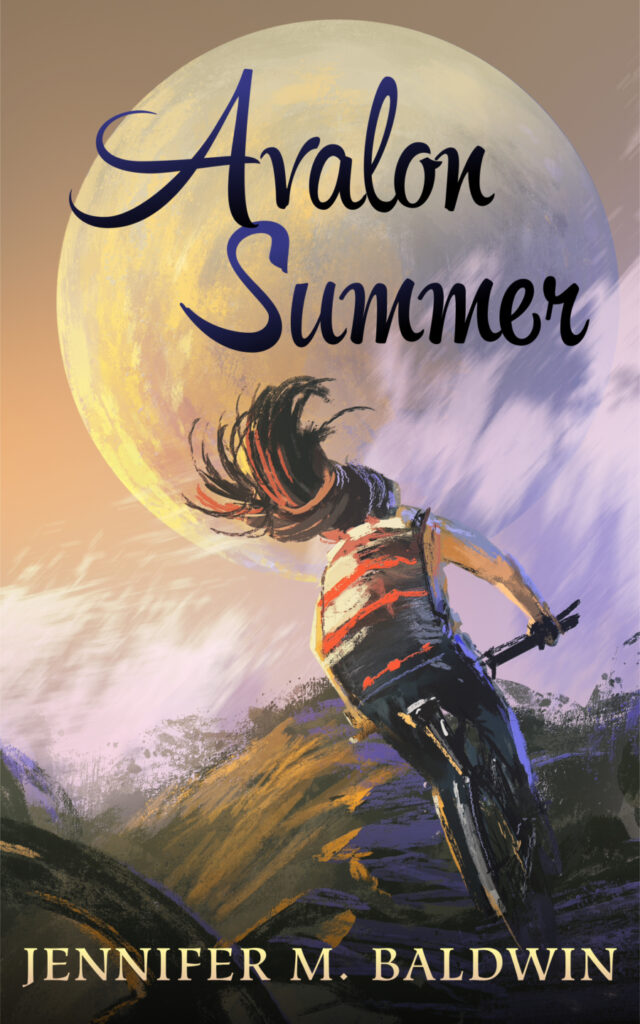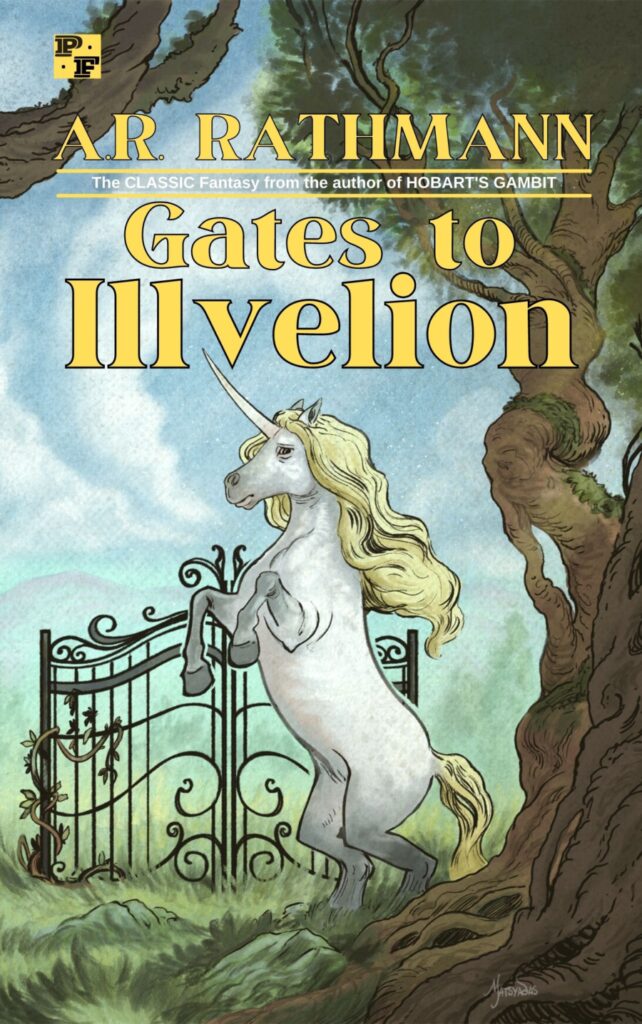I feel like George R.R. Martin should know better. He used to write for television, after all. And yet his A Song of Ice and Fire books have gotten more bloated, more meandering, and more convoluted as the series has progressed. He’s added dozens of new characters (that detract from the old characters that we are already invested in), created new plot threads even as old ones haven’t been resolved, and succumbed to the ever-bloated “world building” of riverboat rides, turtles, and copious amounts of dysentery. It’s like he’s completely forgotten the lessons learned from writing for television.
Here’s the thing: television writers (and movie writers too) know how to plot (even if they don’t always write the most original of plots). In the classes and workshops I’ve attended for TV writing, one of the biggest lessons we learned was how to plot out an episode of a television show. Before one line of dialogue or description is written, the entire episode is planned out — from A story to B, C, and D story. Act breaks are planned, even if the show doesn’t air with commercials. And the basic structure of three or four or five act storytelling is employed. We build the individual beats of the story before we even begin writing the script. And we move beats around, add beats, take out beats, revise beats — all in an effort to build a scaffold before filling it in with the “guts” (i.e.: character, description, dialogue, theme). It’s not that character takes a backseat in TV writing — on the contrary, television is actually ideal for telling a character-based story — but TV writers know that they only have 60 minutes (or 48, or 22, or whatever) to tell the story, and they have to make sure that the storylines are balanced, that the episode will have dramatic moments balanced out with smaller character moments, that the storylines will all have some kind of thematic or plot-driven cohesion. To see all of this illustrated, look no further than Game of Thrones season 5.
I’ve enjoyed the Game of Thrones TV show since it debuted, but it wasn’t until season 4 that I really felt the show began to surpass the books. Not to beat up on Martin too much (he did, after all, create this amazing world and these endlessly fascinating characters), but I think somewhere around A Feast for Crows, he lost the threads of his narrative. I’ve read all five books, and I’m sure I will continue to read the other books as they come out, but I’m not as heavily invested in the novels as I once was. The TV show, on the other hand, is pretty much “can’t miss” TV for me at this point. With The Americans done for the season, Game of Thrones is my “IT” show. And I am LOVING season 5 and the new developments in the stories of some of its characters.
In the books, Sansa and Littlefinger are in the Vale, awaiting Sansa’s marriage to Harry the Heir. In the books, Arya is being trained by some priest of the faceless men. In the books, Tyrion is traveling all over Essos and *almost* running into Dany… but not quite. In the books, minor character Jeyne Poole is betrothed to Ramsay Bolton. In the books, Jaime is hanging out in the Riverlands, being Jaime. And Brienne? She’s having a run-in with Lady Stoneheart. Meanwhile, we’ve got a slew of new characters — from the smelly Greyjoy brothers and their smelly, stupid drowned god, to useless Quentyn Martell, to Jon Connington and Griff and who the hell else I don’t even know or care — and there are, like, a million more minor and side and supporting characters and everything is getting huge and complicated and very sprawling.
But the show has wisely decided to cut storylines like Lady Stoneheart, the Greyjoy bros, and Quentyn Martell. They’ve wisely decided to start bringing storylines TOGETHER as opposed to expanding them in a never-ending spider’s web of convoluted red herrings (and new characters we have no connection to). Instead, the show has decided to bring its already-huge cast of characters together in new and interesting ways. And not surprisingly, when these characters, whom we’ve watched develop over four seasons, are brought together in situations wrought with conflict, very compelling drama ensues. For example, it makes so much sense to have Jaqen be the one to train Arya. After all, she already has a connection to him, they have a history, so now her scenes are filled with great interplay between two characters who have a history together. Same with Tyrion traveling with Varys. We already know and love these characters, so now we get to see them as they encounter new conflicts and obstacles. And we have a connection to both of them.
Of course, the biggest change in the show this season has been the Sansa storyline, and it is perhaps the most dramatic and compelling storyline as well. Instead of Sansa and Littlefinger interacting with a slew of new characters we have no history with, they are thrust right in the middle of a crazy situation involving characters we already love and hate. Sansa is in the North again. She IS Lady Stark. “The North remembers.” Theon is there. Will he rescue her? Will Ramsay treat her with the same sadistic violence he has used on others? Will Littlefinger use this marriage to overthrow the Boltons and claim the North for himself (through Sansa)? Will Stannis attack and “rescue” Sansa? Or will Brienne? Or will Brienne pretend to join Stannis’s army in order to get close to him and exact her revenge?
By putting all of these characters in intersecting storylines, we’re getting the most drama from the situation. The TV writers are pulling the characters and stories together, as opposed to Martin’s method of pulling everything further and further apart. And it’s because TV writers know that part of the reason we enjoy stories is so we can follow our favorite characters through their trials and tribulations. From a storytelling standpoint, it makes sense to have these character interact WITH EACH OTHER as opposed to strangers. And it’s economical storytelling too. It keeps things from getting out of hand and the plot getting too bloated. And of course, from a practical standpoint, it saves the show from hiring new actors to play new characters. Game of Thrones already has a huge cast for a TV show; there’s no way they could continue to have all the new characters Martin introduces every book. And yet, this practicality is precisely why the show’s plot has transformed into a better story than the one in the books. At a certain point, the story needs to contract, it needs to reach climaxes, it needs to explode with drama. The TV show is doing this. And my guess is it’s doing this because the show writers sat down before the season and plotted out how they could tell the story in the limited time and episodes they had. They figured out the best, most economical way to get all these characters together, interacting, having conflict, and moving the story forward. In other words, figuring out the plot. Writing the beats.
Martin is famously (or infamously, depending on your point of view) a “gardener.” He doesn’t plan, he simply writes. He tends his garden of words and characters and plot lines, but doesn’t have a detailed outline or master-plan. His method is the exact opposite of how most TV shows are written. Television can’t afford to just make it up as they go along; they must have a plan before shooting starts, and that means writing beats and outlining the story. Actors have to be hired; sets have to be constructed and locations chosen. All these very real, very practical concerns are a boon to the TV writer because now she must plan ahead. And that’s why everyone is converging on Winterfell this season on Game of Thrones. They already have the set. They already have the actors. Why not put them together in an explosive, dramatic situation and watch the story unfold? And frankly, it’s a better story than the one Martin is currently writing.
I am a firm believer in not turning novels and stories into imitations of TV and movie scripts. I don’t want every book to read like it’s the treatment for a future movie deal. But when it comes to plotting, to story structure, to the core elements that make a story work, TV and film writers often have that stuff in their bones. They marinate in that stuff. They are *trained* to analyze how plot works and how stories can be told in a sufficient amount of time.
Novels and short stories don’t have to worry about the time constraints of TV and film (and theatre!), but I still think fiction writers can learn something from their dramatist cousins. New cities and new locations and new characters may contribute to the “world building” in a novel, but at a certain point, I as the reader do not want never-ending world building. I want drama. I want conflict. And I want it with the characters I care about, the characters I’ve already established a bond with, the characters I’m invested in. Those who write for the dramatic arts (TV, film, theatre) understand this. Novelists should understand this too.



Leave a Reply